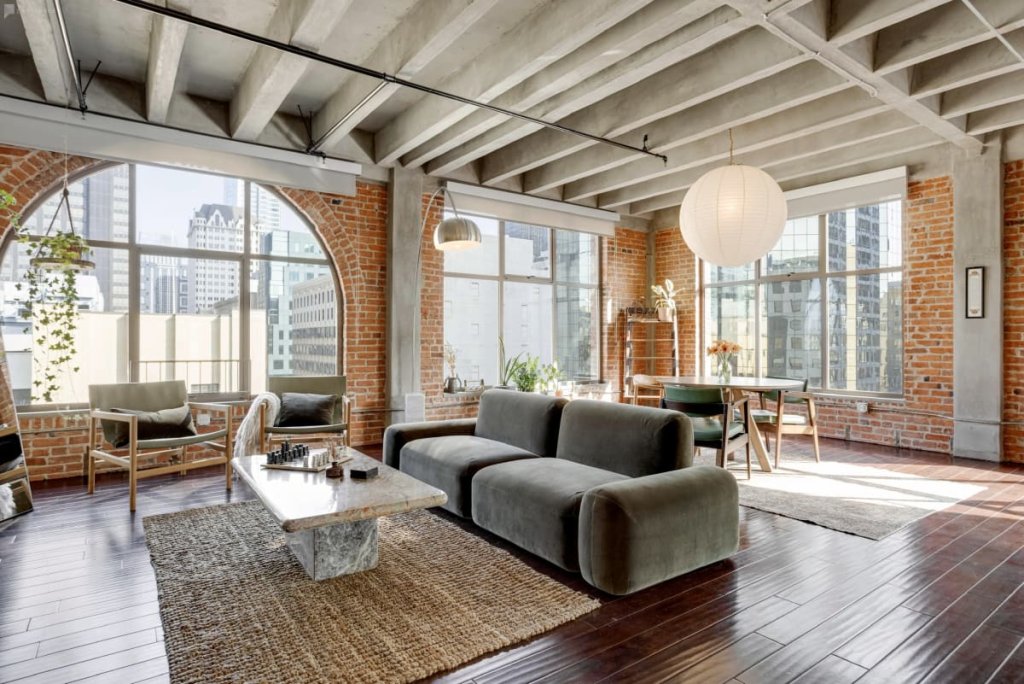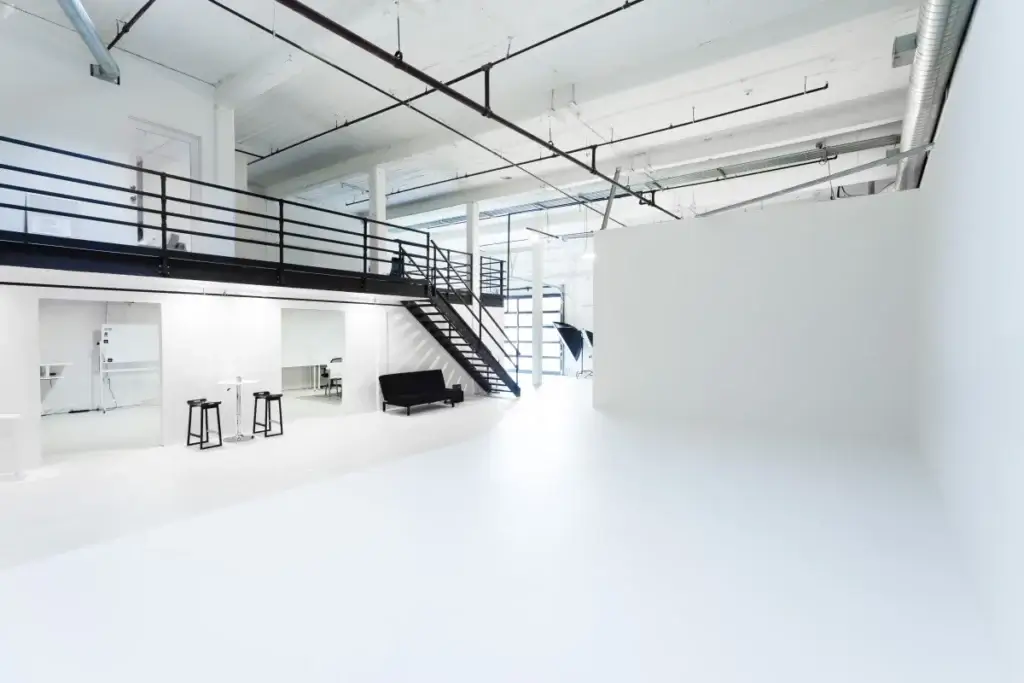Photography is a type of art that strongly depends on catching the light and all of its details in order to produce stunning photographs. The type and properties of light significantly influence the final shot.
Warm, orange-yellow tungsten light, sometimes referred to as incandescent light, is a typical artificial light source. Before the light reaches the camera’s sensor, photographers can improve and adjust the light quality by using filters. Filters can significantly alter the final image in tungsten light photography, influencing mood, color balance, and artistic expression.
We will go into the world of filters and how they affect tungsten light photography in this article.
Understanding Tungsten Light
It’s essential to understand the characteristics of tungsten light before diving further into the function of filters. Incandescent light bulbs provide tungsten light, which is mostly used indoors. It has a warm, yellowish color because of its low color temperature, which is normally about 2700K. In scenarios like portrait or still-life photography, this distinctive warmth can be useful for capturing warm, nostalgic, or personal atmospheres. But it also poses difficulties, especially in terms of color accuracy and white balance.
Benefits of Tungsten Light Photography
- Warmth and Atmosphere
- Skin tone variations ( Natural tone)
- Lighting with Low Contrast
- Very little flicker
- Flexibility in Creativity
- Authentic Interior Images
- Cost Effectiveness
- Support for Incandescent Props
- User Friendly
- Attractiveness and Aesthetic
Color Temperature and White Balance
A measurement of the warmth or coolness of light is called color temperature, and it is commonly given in Kelvin (K). Compared to tungsten light, daylight is thought to have a greater color temperature, around 5500K, which gives it a cooler appearance. Without making any modifications, tungsten lighting might cause the camera to overhear the scene by having a low color temperature. As a result, the photos have an orange or yellow tint.
By changing the incoming light’s color temperature, filters can solve this problem. By giving the image a bluish color, blue filters, also referred to as cooling filters, can help balance the tungsten light’s warm tones. The orange cast is successfully neutralized by these filters, which raise the color temperature of the light entering the camera.
Cooling filters of varying strengths enable photographers to control the degree of necessary color correction precisely.
Creative Manipulation with Filters
While filters’ primary use in tungsten light photography is color correction, they also provide opportunities for artistic experimentation. Filters can be used to artistically alter the color rendering of an image in addition to correcting color imbalances.
- Warming Filters: While tungsten light is naturally warm, warming filters can intensify the warm tones, giving the image a nostalgic or romantic feel. These filters are very helpful when trying to create warm and comforting feelings.
- Color Effect Filters: To add striking color shifts to the image, utilize filters like red, yellow, or orange. These filters have the ability to produce fantastical or alien effects when used with tungsten light. For instance, a red filter can create a high-contrast, eye-catching photograph by making blue skies appear darker and clouds more prominent.
- Neutral Density Filters: These filters are a third option that cuts down on light entering the camera without dramatically altering the color balance. They help to maintain adequate exposure while enabling larger apertures or slower shutter speeds in circumstances where the intensity of tungsten light is too intense.
- Graduated Filters: Graduated filters have gradient transitions between their effects and are best used in settings where the brightness between the foreground and the sky varies significantly. These filters can be used in tungsten light photography to balance the exposure of indoor and outdoor elements, resulting in a pleasing blend of warm inside illumination and cool outdoor light.
- Diffusion Filters: Tungsten light can occasionally produce pronounced shadows and bright highlights. Particularly in portrait photography, diffusion filters can neutralize these contrasts, resulting in more pleasing and balanced lighting. The photographs may have a dreamy look due to the softening effect.
Technical Considerations
Although filters open more creative options, it’s crucial to remember that they also bring up a few technological issues. By their very nature, filters change the light that enters the lens, which may have an effect on the clarity and sharpness of the image. Increased lens flare, ghosting, and decreased contrast can result from the use of low-quality filters or the stacking of numerous filters, which can lower the quality of the resulting images.
In addition, filters might affect the exposure settings, necessitating changes to the ISO, shutter speed, or aperture in order to preserve the correct exposure. This is especially important when employing filters, like neutral density filters, that lessen the quantity of light that reaches the sensor.
Digital Post-Processing and Filters
In the era of digital photography, filters serve a purpose that goes beyond simple lens attachments. Photographers can imitate the effects of several filters throughout the editing process using post-processing software. This not only gives you more control over the outcome, but it also lets you explore without committing to a certain filter while you’re shooting.
Digital filters used in post-processing can simulate the effects of physical filters for tungsten light photography, including color correction, imaginative color shifts, diffusion, and more. The ability to customize the effects to fit the photographer’s vision reduces the need to carry around a variety of physical filters.
Conclusion
In the field of photography, filters have many different uses, especially when working with tungsten light. These technologies provide photographers the power to alter the properties of light and improve the visual impact of their photos through color correction and creative editing.
Photographers have the capability to modify and shape tungsten light to match their artistic goal, whether with actual filters installed on the lens or digital filters applied during post-processing.
With the seamless incorporation of filters into their workflow, photographers are given more freedom to realize their artistic vision as technology progresses.








Leave a Reply